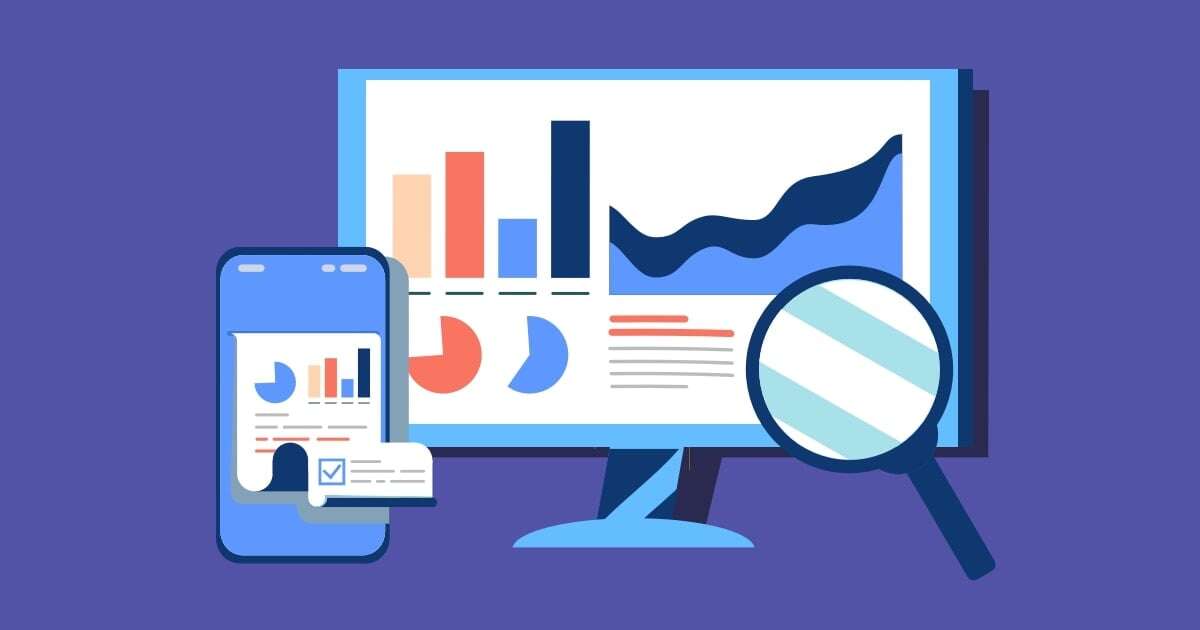Having an established internal audit program at an organization is a great way to find gaps or items that may have been missed before, such as any disconnect between your vendor management policies and procedures and the final work product.
The organization’s internal audit program consists of the policies and procedures that govern the internal audit function. Ultimately, how comprehensive an internal audit program is may vary depending on the size of the organization. Do you have these seven elements in your internal audit program?
7 Elements to Include in Your Internal Audit Program
You should ALWAYS include these seven elements in your internal audit program for third-party risk management:
- A mission statement or audit charter. It should outline the following:
- Purpose
- Objectives
- Organization
- Authorities
- Responsibilities of the internal auditor, audit staff, audit management and the audit committee
The mission statement also helps develop a clear goal so can the audit can be properly carried out.
- A risk assessment process. This will describe and analyze the risks inherent in a given line of business. Evaluating the risk assessment process provides an opportunity to determine if processes are being handled according to your third-party risk management policies and procedures.
- An audit plan. The plan should include internal audit's cost analysis, budgeting and planning processes. This is a good opportunity to conjoin two lines of defense: auditors and the third-party risk management team. When creating a plan, it’s important to collaborate by leveraging each team’s unique insight and tools. Communication is key!
- An audit cycle. Meaning, identify the frequency of audits.
- Audit work programs. These should set out for each audit area the following:
-
- Required scope and resources
- The selection of audit procedures
- The extent of testing
- The basis for conclusions
- Written audit reports. The reports should inform the board and management of individual department or division compliance with policies and procedures.
- Follow-up processes. These require internal auditors to determine the disposition of any agreed upon actions to correct significant deficiencies.
The Goal of an Internal Audit Program
Specific to vendor management, the objective of an internal audit program should be to evaluate the controls and processes required to effectively conduct and manage the risk associated with the overall vendor management program within your organization.
- Does your organization have the appropriate controls in place to mitigate risks that are present in the vendor management program framework, due diligence process, contracting, services review and the overall monitoring and management of vendor relationships?
- The Internal Auditor must be able to identify and assess the risks with each of the control activities reviewed during the audit of the third-party risk management program.
- Mitigation plans need to be assigned and monitored for those risks that have been identified within the audit that require remediation.
The audit program needs to ensure that you've implemented risk mitigation controls appropriate for the size, scale and scope of the third parties being utilized to deliver products or services. The scope and objectives of the audit will also depend on the overall maturity and governance structure of the vendor management program, and it should include all areas within the organization that are involved in the execution of the program (e.g., procurement, IT, information security, legal, compliance, operations, etc.).
It must clearly document the objectives, scope, audit procedures, control activities, test steps and work to be performed along with evidence and supporting artifacts that will be collected. This drives the observations, findings, risk ratings, results and recommendations as the end-result.
Find out the processes the best vendor managers take to get the job done. Download the infographic.






.gif?width=1920&name=Sample-Graphic-Animation%20(1).gif)



